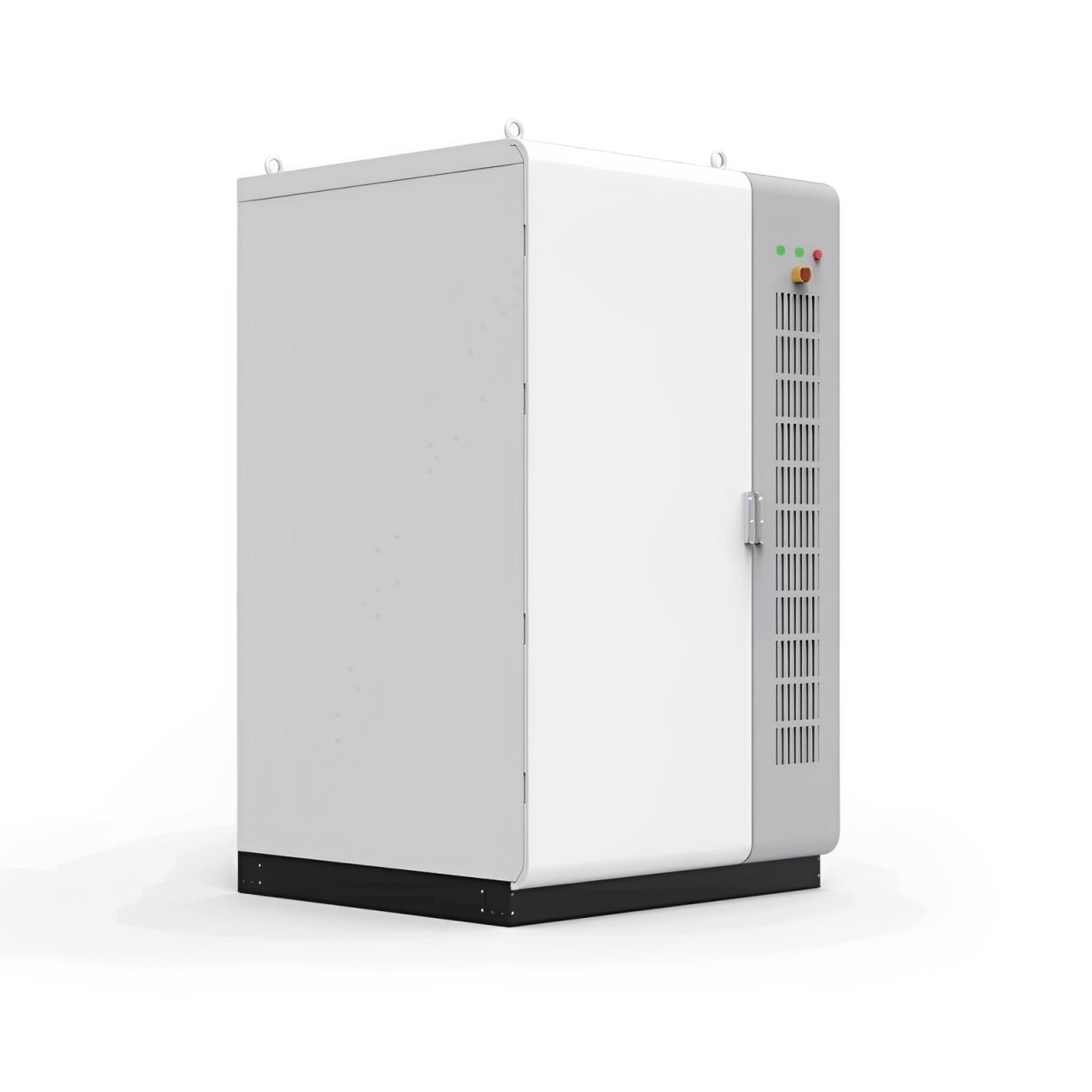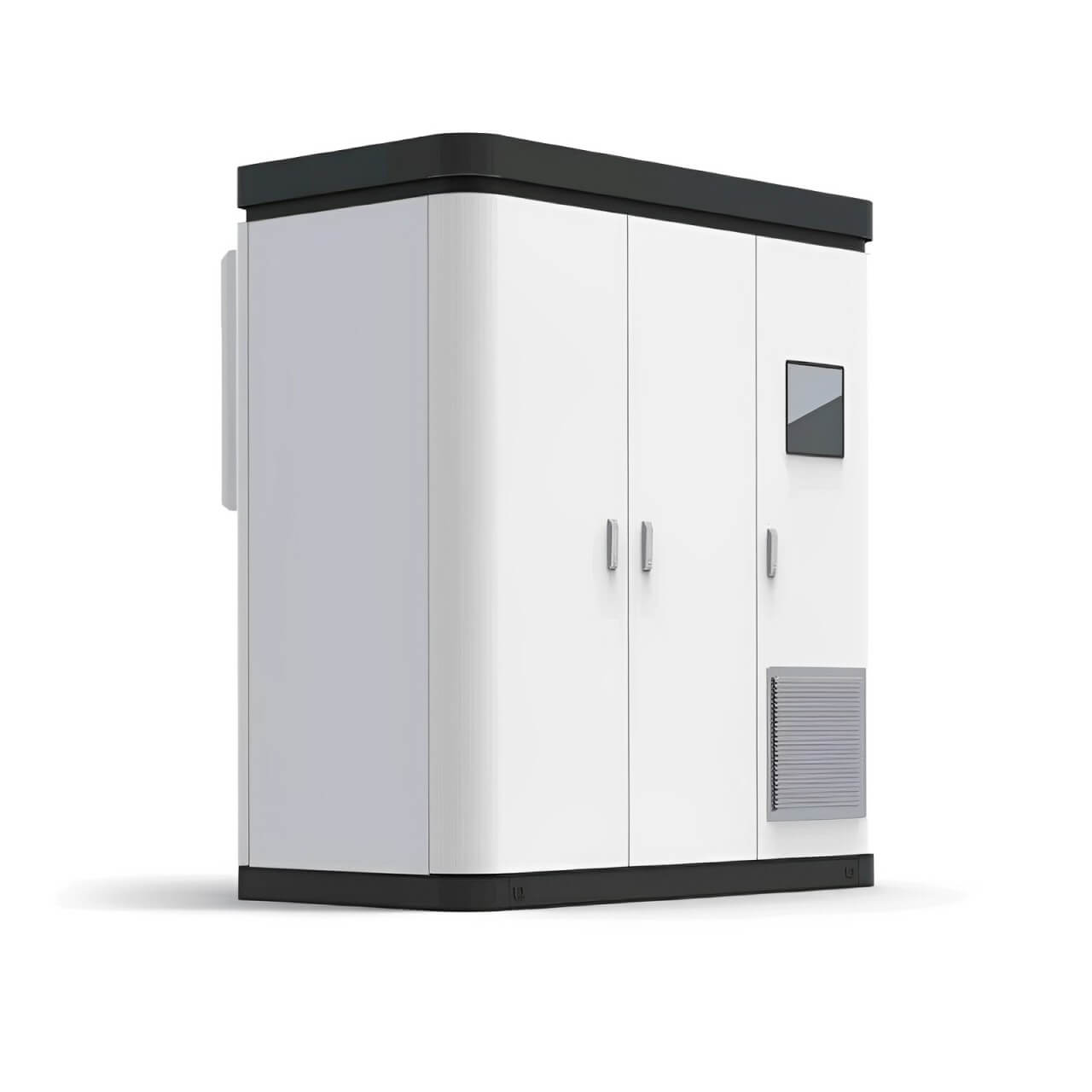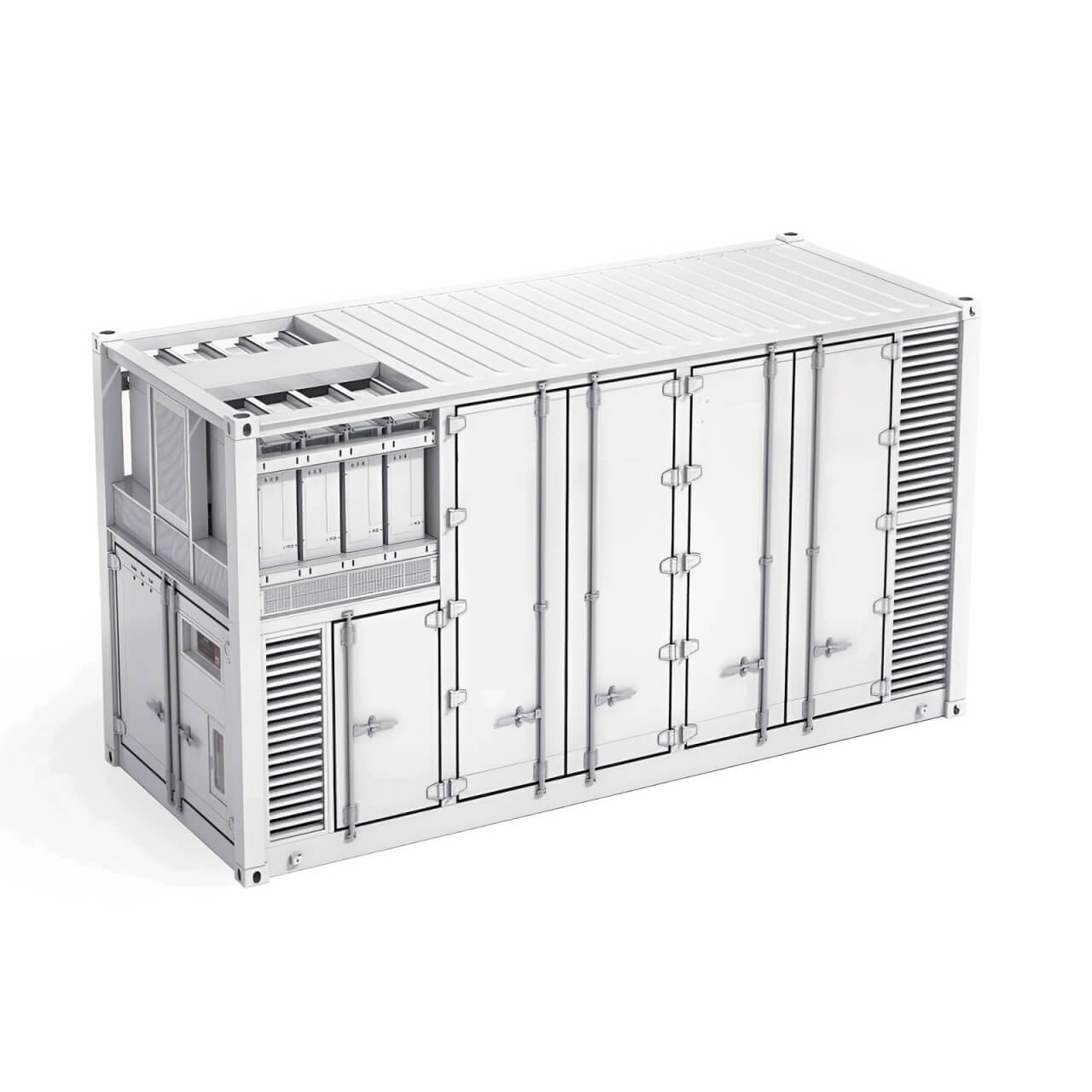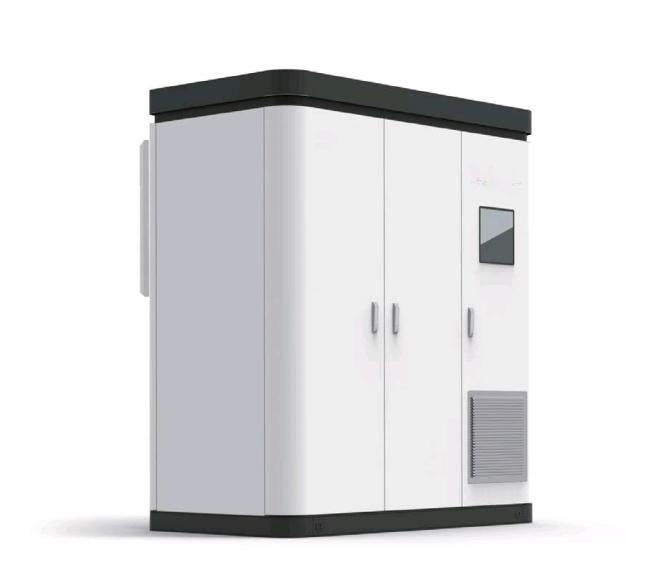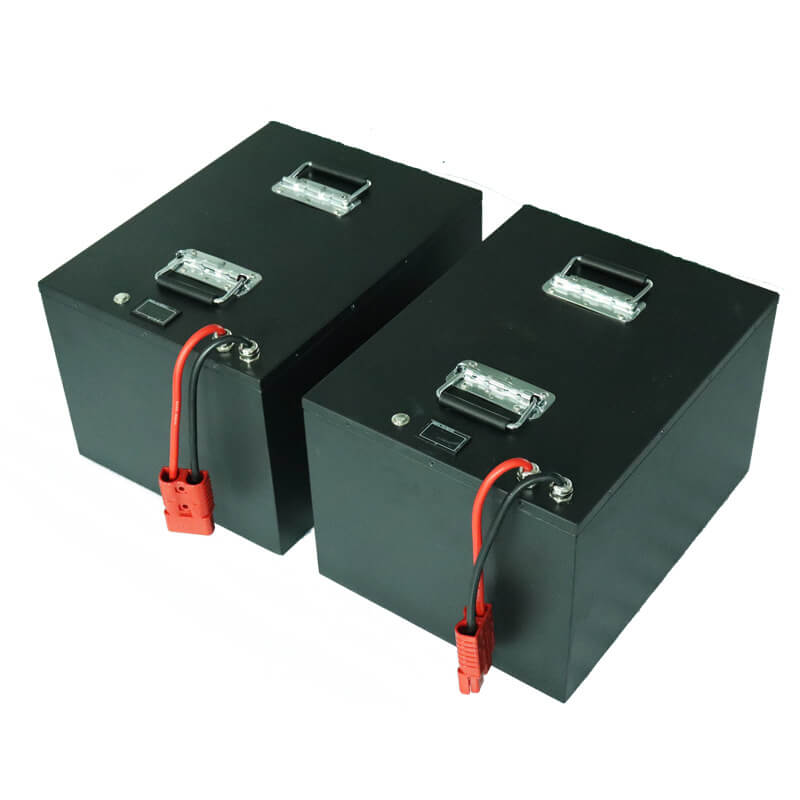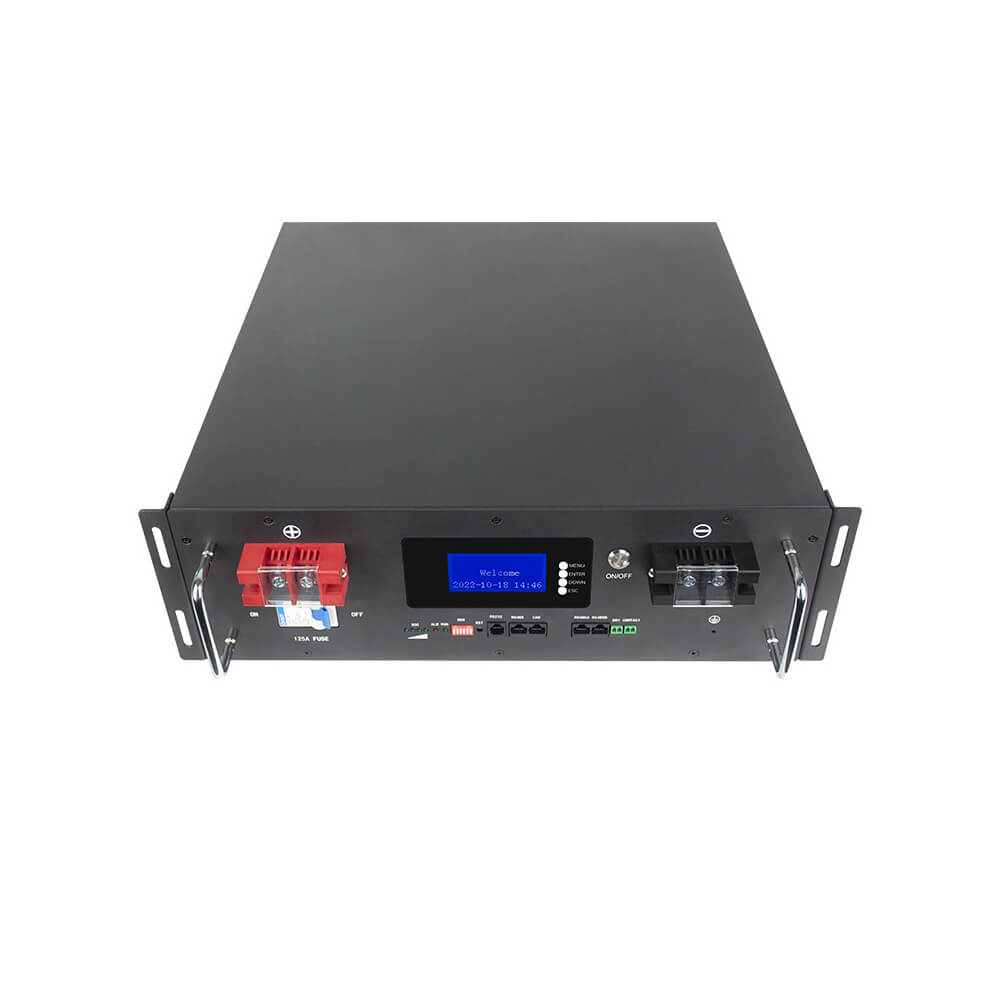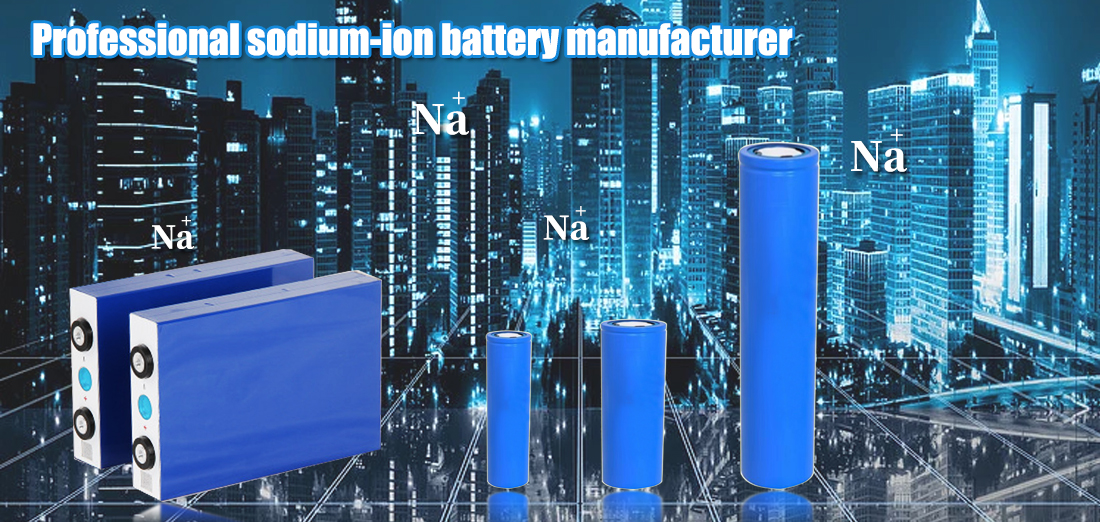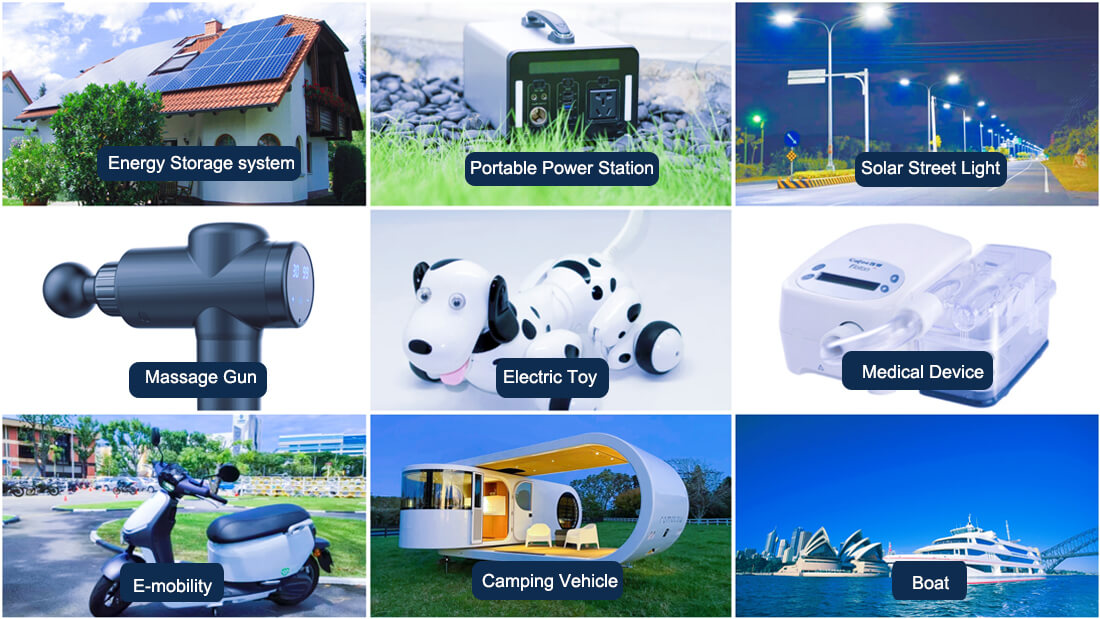Lithium battery characteristics
Lithium is the lightest metallic element in nature,with a density about half that of water.At the same time,it has the lowest electron negativity,and the standard electrode potential is-3.45V(standard hydrogen electrode).Therefore,choosing the appropriate cathode material to match the lithium and cathode can achieve higher force.This kind of battery with lithium as the negative electrode and a suitable electrolyte should have the highest energy compared to the 18650 battery pack.It is based on this consideration that lithium batteries began to be developed in the early 1960s.Since lithium reacts violently with water,non-aqueous electrolytes are generally chosen as electrolytes.In the early days,cathode materials such as CuF2 were mostly used,but these cathode materials were easily dissolved in the electrolyte.In addition,the original battery construction materials did not withstand long-term corrosion in the electrolyte well,so there were no real commercial lithium batteries.
So,how did they get out?
After 1970,Japan's Matsushita Electric Company successfully developed Li(CFx)n batteries.This battery solved the above-mentioned disadvantages for the first time,was truly applied,and was hailed as one of Japan's top ten new products in 1971.In 1976,Japan's Sanyo Electric Company launched LiMnO2 batteries,which were first widely used in calculators and other fields.From the first development of Li(CFx)n batteries in the early 1970s to the early 1980s,Japan's lithium battery production increased dramatically.In 1988,the output exceeded 230 million units,making it the best country in the world for promoting the application of lithium batteries.
At the same time,Power Conversion Inc.was established in the United States in 1970 to specialize in the research of Li SO2 batteries,and it was officially put into commercial producton after 1971,with the trade name"Eternacel".This battery is mainly used for military purposes,the most promising of which is lithium battery.Currently,Li SO2 batteries are widely used in various portable equipment of the U.S.military.
What about in France?
France's SAFT began research on lithium batteries in the 1960s.Dr.Gabano's company first obtained the Li SOCl2 battery patent in 1970.In 1973,GTE of the United States and Tadiran Israel Electronics Industries,Ltd.both officially produced Li SOCl2 batteries.The latter,in particular,was built in 1975 in cooperation with Tel Aviv University.In 1977,large-scale production equipment was redesigned,built and put into production.In 1978,Li SOCl2 batteries were sold around the world.At present,it has trade relations with the United States,France,Israel and other countries.It should be said that so far,Li SOCl2 battery has the highest specific energy among the battery series in practical applications in the world.Li SOCl2 battery is one of the most popular areas of research in the international battery industry.
Let's get back to North America.
Almost simultaneously with lithium primary batteries,various countries have also carried out research on lithium secondary batteries.Initial work focused on metal halides,metal oxides,and other soluble cathode materials.However,the self-discharge rate of domestic batteries is not ideal.In the mid-1980s,the only lithium secondary battery that was successfully developed was the MoS2 battery of the Canadian Morley Company.However,by the early 1990s,due to safety and other considerations,this kind of battery had not really entered thousands of households.After the 1990s,many scientists have turned their attention to lithium-ion rechargeable batteries.It can be said that the research and development of lithium secondary batteries is still in the research stage and has gradually annihilated the research boom of lithium-ion battery systems.
Lithium battery application
Because lithium batteries have many advantages such as high energy density,flat discharge voltage,wide operating temperature range,and long humidity resistance life,and do not contain environmentally harmful metals such as mercury,cadmium,and lead,they have been widely used in the military and daily life.Number of applications.–Applications of secondary lithium batteries and lithium secondary batteries 12V rechargeable batteries can be divided into three categories:consumer,military and medical applications.Consumer applications can be roughly divided into three categories,namely household products,mobile products and automotive products.The most commonly used household products are record players,phones,alarm clocks,watches,cameras,car radios and other power supplies.
Industrial and medical applications can be divided into security,high temperature testing,measurement,etc.,mainly used in anti-theft devices,large department stores and factory circuit controls,typewriters,oil well drilling equipment,and pacemakers.Military use is mainly as a power source for memory backup batteries.
The United States and Japan are the world's largest lithium battery producers.The U.S.military focuses on lithium.Japan focuses on the civilian field and almost monopolizes the world's civilian lithium market.my country has abundant lithium mineral resources and also has the advantage of developing the lithium battery industry.
So,what is the future of lithium batteries?
With the advancement of technology,the development of new electronic instruments and equipment such as earth satellite laptops,microcomputers,digital cameras,mobile phones,medical equipment,and low-Earth orbit and high-orbit geostationary satellites has put forward higher requirements for the battery industry.Require.New green power sources with low cost,high energy density,high voltage,lightweight,wide temperature range,long cycle life and good safety performance have become a research hotspot,and lithium-ion secondary batteries have also become a new type with promising market prospects and the fastest growth.Battery.Taking Japan as an example,sales of lithium-ion batteries in Japan were 1.6 billion yen in 1993,which surged to 17.9 billion yen in 1994,an increase of 11.2 times,and doubled to 33.9 billion yen in 1995.Sales in 1997 Reaching US$200 million;in 1996,Japan's lithium-ion battery output exceeded nickel-metal hydride batteries for the first time.In 1997,it surpassed nickel-cadmium batteries and small rechargeable batteries to join the"Troika"(referring to lithium-ion batteries,nickel metal batteries),hydride batteries and Nickel-cadmium battery)ranks first
Add them up?
Due to increased market demand,global lithium battery shipments have exceeded nickel-metal hydride batteries since the fourth quarter of 2002.In the fourth quarter of 2003,monthly shipments of lithium-ion batteries reached 100 million units,while nickel-metal hydride batteries dropped to 50 million units/month.Shipments of lithium-ion batteries are almost double those of nickel-metal hydride batteries.Table 6 shows the future of the world and the status of the small cell market in recent years.It can be seen that the significant advantages of lithium-ion batteries will gradually replace nickel-metal hydride batteries and lithium-ion batteries in small battery markets such as mobile communications.

 简体中文
简体中文 Russian
Russian French
French German
German Japanese
Japanese Korean
Korean Arabic
Arabic Spanish
Spanish